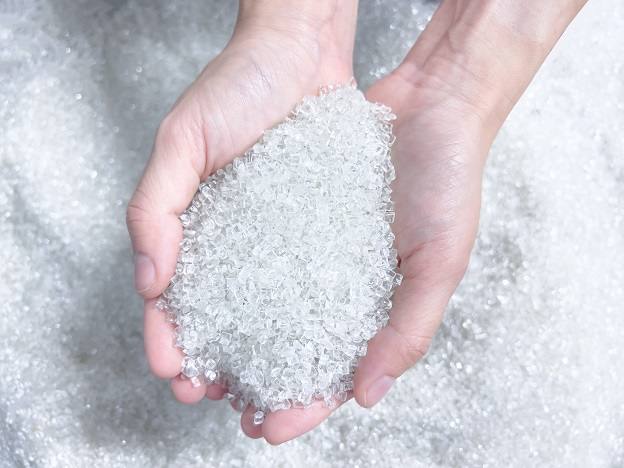Tuesday, November 14, 2023, 01:37
He Environmental impact associated with textile industry It has become a matter of great concern today. The current system of textile production, distribution, and consumption operates in an almost entirely linear way, and this is important along with the concept of fast fashion. Problems with textile waste production and landfilling or incineration.
In 2020 alone, the Global textile industry It consumed approximately 79 billion m3 of water, produced 1.7 billion tons of CO2 and was responsible for 92 million tons of waste. EU accounts for 2% and 10% of environmental impact, respectively. Currently, with recycling technologies in Europe, less than half of used clothing is collected for reuse or recycling when no longer needed, and only 1% is recycled into new clothing. In recent years, the aim of responding to the problems of textile waste accumulation has varied Technologies based on chemical methodsTraditional methods such as primary (reuse-reuse), secondary (mechanical-thermomechanical) and quaternary (energy recovery) do not provide satisfactory results.
Two levels
Chemical recycling is a 2-stage process: Depolymerization Y Polymerization. In the first step, the depolymerization process is carried out, in which the polymer chains are separated into their basic units (monomers), which are isolated and used in the subsequent polymerization step to obtain recycled material. This process allows the recycling of all types of textile waste of post-industrial, pre-consumer or post-consumer origin, which contain impurities such as additives, dyes and surface coatings in their textile fibers.
Also, it allows Recycle them countless times without loss of property (Upcycling) consequently reduces the consumption of fossil raw materials by using textile waste as raw material to obtain new textile products. The reduction of consumption of raw materials of fossil origin, as well as the recycling and reuse of all chemical reactors involved in the process, represents a chemical process with practically zero waste.
AITEX It consists of different reactors (5, 20 and 50 L), purification systems and rotating pilot plants. Chemical recycling of textile wasteMainly polyester and cotton, with the aim of obtaining new textile fibers with properties similar to virgin fibers Promoting and facilitating the industrial transition from a traditional linear model to an industrial system based on the circular economy.
On the one hand, among various polyester chemical recycling technologies, it stands out. Thermal depolymerization And this Catalytic depolymerization. Due to the many advantages of catalytic depolymerization over other technologies, this strategy is being studied more deeply by the scientific community, The first industrial plants were found in countries like Japan, America or India. Depending on the solvent used in the catalytic depolymerization reaction, the process is called glycolysis, hydrolysis, methanolysis, aminolysis, or ammonolysis. Among the available depolymerization processes, glycolysis is characterized by the simplicity and flexibility of the process, low investment and maintenance costs, mild reaction conditions, low volatility of the solvent, bis(2-hydroxyethylene terephthalate), BHET, an intermediate in the polymerization, the main product of the process, and this process for conventional PET manufacturing plants. Easy to use.
On the other hand, chemical recycling of cotton is a technology that is still in its infancy and requires R&D before it can be implemented on a commercial scale. Chemical recycling of cotton can be considered as a Regeneration by spinning using fiber dissolution process and “dry jet wet spinning” process. Along these lines, ionic liquids (IL) have proven to be efficient solvents for cellulosic-based materials and can be used for chemical reprocessing of cotton. Recent studies on the use of ionic liquids as a solvent for cellulosic fibers showed important advantages such as its low vapor pressure during the process, high mechanical properties of the obtained fibers and its possible processing in a single step. This process, known as Ioncell-F, has allowed to obtain chemically recycled natural fibers with much higher mechanical properties than commercial viscose and lyocell fibers.
Currently, AITEX is evolving Several research projects at national and European level, focuses on chemical recycling of textile waste, mainly polyester and cotton. For this purpose, new more active and stable catalysts, adsorbents with higher efficiency in purification and removal of impurities, as well as the optimization of key process variables allowing the development of more efficient chemical recycling technology are studied and verified. A pilot scale. Sustainable, efficient and profitable on an industrial scale.
This publication is part of the DIFU+ID 2023 project, supported by IVACE (IMAMCA/2023/6) from the Ministry of Sustainable Economy, Manufacturing Sectors, Trade and Work of the Generalitat Valenciana.
Black Friday Deals! Subscribe for 3 months for €1
Are you already a subscriber? to login

